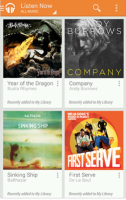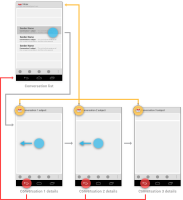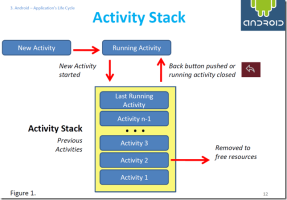Application Structure

Android, like IOS, has introduced a new visual language for interaction on the devices it supports. This language is different from previous graphical environments (Windows, OSX), and is optimised for touch based interaction. Here we review some of the major elements of this language and become acquainted with the some of the primary interaction patterns.
Navigation Principles I

We have already explored the primary Android UX. Here we focus specifically on navigation within an android application, examining some typical patterns. In particular, we explore navigation within a single application, which can yield some interesting and surprising subtleties.
Activities Fundamentals

The Activity is at the heart of almost all android applications. You have already experience in designing and implementing a number of simple ones. Here we review the general nature of activities and define the principle the concerns of the programmer has to bear in mind.
MyRent-03 (Action Bar & Dialogs)

In a significant update to the app, we introduce navigation within the app using an Action Bar. This will allow us to create new residences, or navigate to existing ones. Additionally, we will explore a simple date picker dialog to allow the user to select a registration date for the residence.
MyRent-04 (FileIO)

Introduce into MyRent a serialization mechanism to save | restore the residence list to and from a file. The app will load the contents of this file on launch and update the file if residence data is updated.